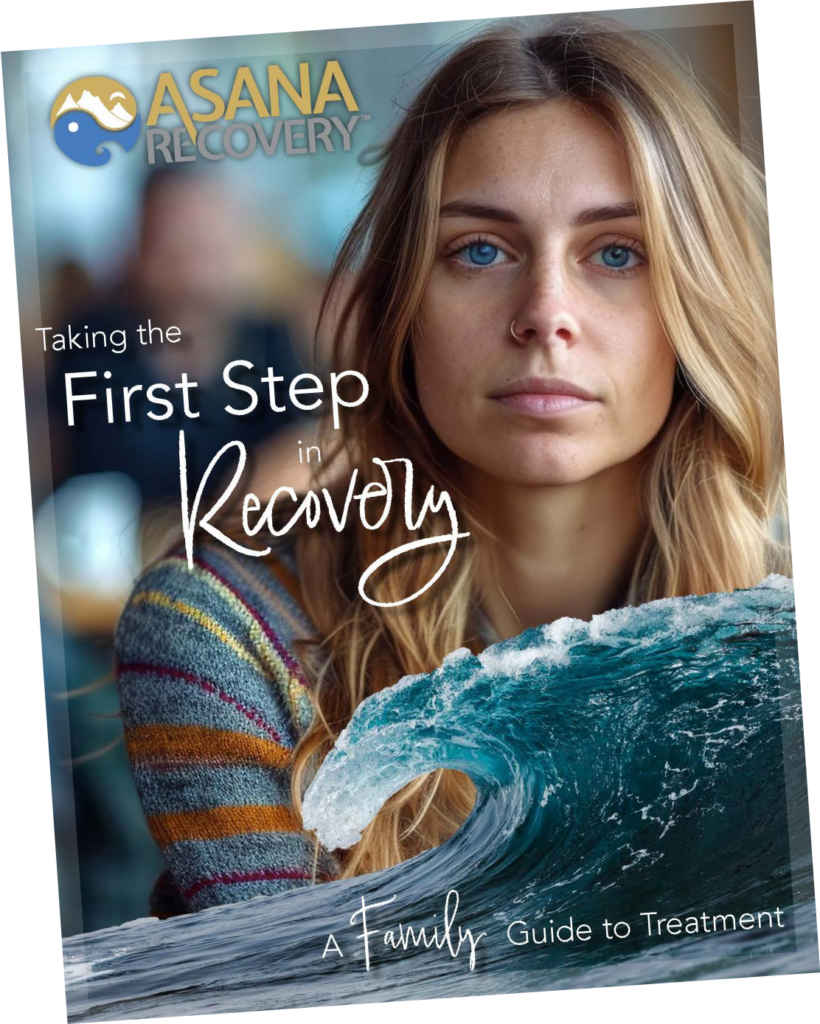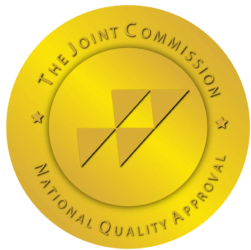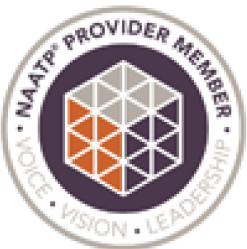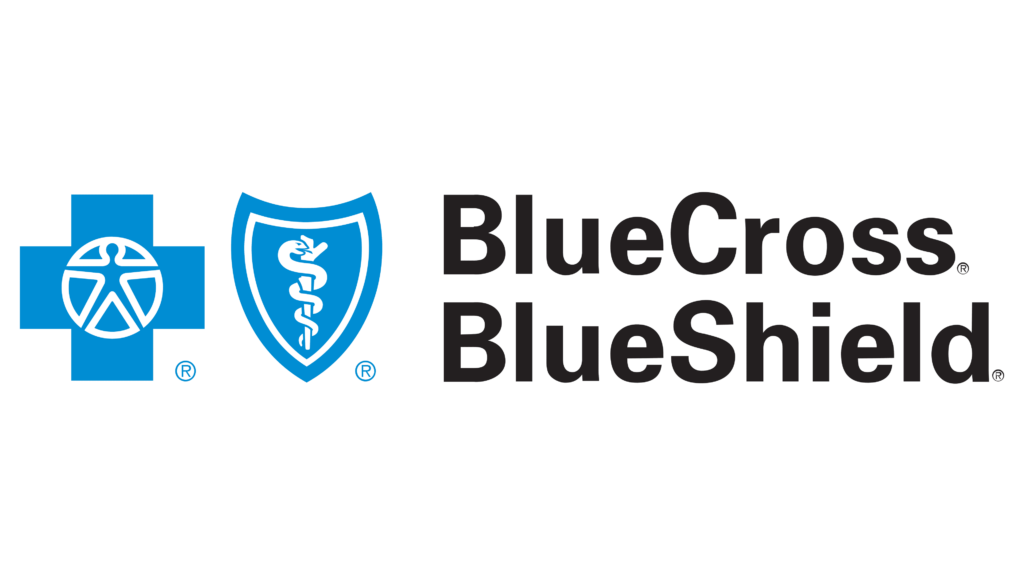When researching health insurance options, many people wonder, Is Anthem and Blue Cross the same? While closely related, Anthem and Blue Cross Blue Shield (BCBS) are not the same company. BCBS serves as an umbrella organization composed of independent companies, and Anthem is one of the largest for-profit members of this association.
These two providers share similarities but also key differences. At the state level, Anthem operates as an affiliate of BCBS in 14 states, while BCBS spans all 50 states with independent providers. Let’s break down their distinctions and what this means for your healthcare options, especially if you’re exploring addiction treatment.
Anthem and BCBS often compete with one another for individual and family insurance plans, despite their partnership under the BCBS Association. Anthem provides healthcare plans in specific states, including:
Meanwhile, BCBS offers coverage in all 50 states, often through regionally focused providers. Beyond geography, Anthem stands out as a publicly traded for-profit company, while BCBS operates as a nonprofit organization. These differences influence how they manage customer satisfaction, premium pricing, and plan availability.
Both Anthem and BCBS provide extensive coverage options, including:
For addiction treatment, both companies meet the requirements of the Affordable Care Act, offering essential health benefits that include rehabilitation and mental health care. Despite their shared networks of over 1.7 million healthcare providers, coverage specifics like deductibles and provider availability vary by state and plan.
Asana Recovery works with most PPO plans, covering up to 100%. See if your insurance can help fund your journey. Click below to get a free quote.
The history of Anthem and BCBS sheds light on their relationship. Blue Cross and Blue Shield began separately in the 1920s and later unified under one brand in the 1970s. They became synonymous with healthcare coverage in the U.S., serving millions of Americans.
Anthem, a newer company, emerged in 2004 following a merger between WellPoint Health Networks and the original Anthem, Inc. As the largest for-profit member of the BCBS Association, Anthem has rapidly expanded its services to become a major player in healthcare.
Selecting the right insurance provider involves considering:
BCBS offers broader geographic availability and higher customer satisfaction ratings, while Anthem often provides more affordable premiums in its service areas.
Navigating health insurance can be overwhelming, especially when seeking addiction treatment. At Asana Recovery, we specialize in understanding insurance policies like Anthem and Blue Cross Blue Shield to ensure you maximize your coverage.
Whether you need medically supervised detox, inpatient care, or ongoing outpatient support, our team is here to help. Call us today at (949) 763-3440 or verify your insurance coverage online at Asana Recovery Insurance Verification. Your recovery starts with clarity. Let us help you take the next step toward healing and hope.
Blue Cross Blue Shield (BCBS) generally has higher customer satisfaction ratings than Anthem. BCBS Medicare Advantage plans average 3.96 stars, while Anthem’s average is 3.52. Additionally, 58% of BCBS members are enrolled in plans rated 4 stars or higher, compared to 24% for Anthem.
Both Anthem and BCBS provide access to a network of 1.7 million healthcare providers. They offer similar insurance plans, including HMO, PPO, and Medicare options. Additional coverage includes dental, vision, Medicaid, and telehealth services.
Anthem and BCBS are part of the same network but operate differently across regions. Coverage varies based on location and specific plans, making it essential to verify benefits for addiction treatment services like inpatient care, outpatient therapy, and medication-assisted treatment.
BCBS operates in all 50 states, while Anthem is limited to 14 states, including California, New York, and Virginia. However, Anthem members can still access BCBS’s nationwide network when traveling through its BlueCard program.
BCBS originated in the 1920s and 1930s, focusing on hospital and physician services. It merged in 1982 to form the Blue Cross Blue Shield Association. Anthem started in 1946 as Mutual Hospital Insurance and became a major BCBS licensee, rebranding as Elevance Health in 2022.
We get it. Addiction recovery is tough. That’s why our programs are founded and staffed by people in recovery – people who truly understand.
Take your first step towards lasting recovery. At Asana, we offer effective, insurance-covered treatment for addiction and mental health, guided by experts who understand because they’ve been there. Start your healing today.

This book has helped so many men and women; and we want to give it you for FREE. Get signed up today and discover how to unlock the grip of addiction and get back to living your best life.
In this book, you’ll discover…
— The Most Common Misconceptions About Addiction and Rehab
— Why Rock Bottom is a Myth and What You Can Do About It
–The Steps to Healing From Trauma, Both Mentally and Emotionally
–And much more!

Asana Recovery is licensed and certified by the State Department of Health Care Services.


© Copyright 2024 Asana Recovery™ | All Rights Reserved | Privacy Policy
You could save up to 100% of your treatment using your Insurance.





Asana Recovery
We firmly believe that the internet should be available and accessible to anyone, and are committed to providing a website that is accessible to the widest possible audience, regardless of circumstance and ability.
To fulfill this, we aim to adhere as strictly as possible to the World Wide Web Consortium’s (W3C) Web Content Accessibility Guidelines 2.1 (WCAG 2.1) at the AA level. These guidelines explain how to make web content accessible to people with a wide array of disabilities. Complying with those guidelines helps us ensure that the website is accessible to all people: blind people, people with motor impairments, visual impairment, cognitive disabilities, and more.
This website utilizes various technologies that are meant to make it as accessible as possible at all times. We utilize an accessibility interface that allows persons with specific disabilities to adjust the website’s UI (user interface) and design it to their personal needs.
Additionally, the website utilizes an AI-based application that runs in the background and optimizes its accessibility level constantly. This application remediates the website’s HTML, adapts Its functionality and behavior for screen-readers used by the blind users, and for keyboard functions used by individuals with motor impairments.
If you’ve found a malfunction or have ideas for improvement, we’ll be happy to hear from you. You can reach out to the website’s operators by using the following email
Our website implements the ARIA attributes (Accessible Rich Internet Applications) technique, alongside various different behavioral changes, to ensure blind users visiting with screen-readers are able to read, comprehend, and enjoy the website’s functions. As soon as a user with a screen-reader enters your site, they immediately receive a prompt to enter the Screen-Reader Profile so they can browse and operate your site effectively. Here’s how our website covers some of the most important screen-reader requirements, alongside console screenshots of code examples:
Screen-reader optimization: we run a background process that learns the website’s components from top to bottom, to ensure ongoing compliance even when updating the website. In this process, we provide screen-readers with meaningful data using the ARIA set of attributes. For example, we provide accurate form labels; descriptions for actionable icons (social media icons, search icons, cart icons, etc.); validation guidance for form inputs; element roles such as buttons, menus, modal dialogues (popups), and others. Additionally, the background process scans all the website’s images and provides an accurate and meaningful image-object-recognition-based description as an ALT (alternate text) tag for images that are not described. It will also extract texts that are embedded within the image, using an OCR (optical character recognition) technology. To turn on screen-reader adjustments at any time, users need only to press the Alt+1 keyboard combination. Screen-reader users also get automatic announcements to turn the Screen-reader mode on as soon as they enter the website.
These adjustments are compatible with all popular screen readers, including JAWS and NVDA.
Keyboard navigation optimization: The background process also adjusts the website’s HTML, and adds various behaviors using JavaScript code to make the website operable by the keyboard. This includes the ability to navigate the website using the Tab and Shift+Tab keys, operate dropdowns with the arrow keys, close them with Esc, trigger buttons and links using the Enter key, navigate between radio and checkbox elements using the arrow keys, and fill them in with the Spacebar or Enter key.Additionally, keyboard users will find quick-navigation and content-skip menus, available at any time by clicking Alt+1, or as the first elements of the site while navigating with the keyboard. The background process also handles triggered popups by moving the keyboard focus towards them as soon as they appear, and not allow the focus drift outside it.
Users can also use shortcuts such as “M” (menus), “H” (headings), “F” (forms), “B” (buttons), and “G” (graphics) to jump to specific elements.
We aim to support the widest array of browsers and assistive technologies as possible, so our users can choose the best fitting tools for them, with as few limitations as possible. Therefore, we have worked very hard to be able to support all major systems that comprise over 95% of the user market share including Google Chrome, Mozilla Firefox, Apple Safari, Opera and Microsoft Edge, JAWS and NVDA (screen readers).
Despite our very best efforts to allow anybody to adjust the website to their needs. There may still be pages or sections that are not fully accessible, are in the process of becoming accessible, or are lacking an adequate technological solution to make them accessible. Still, we are continually improving our accessibility, adding, updating and improving its options and features, and developing and adopting new technologies. All this is meant to reach the optimal level of accessibility, following technological advancements. For any assistance, please reach out to